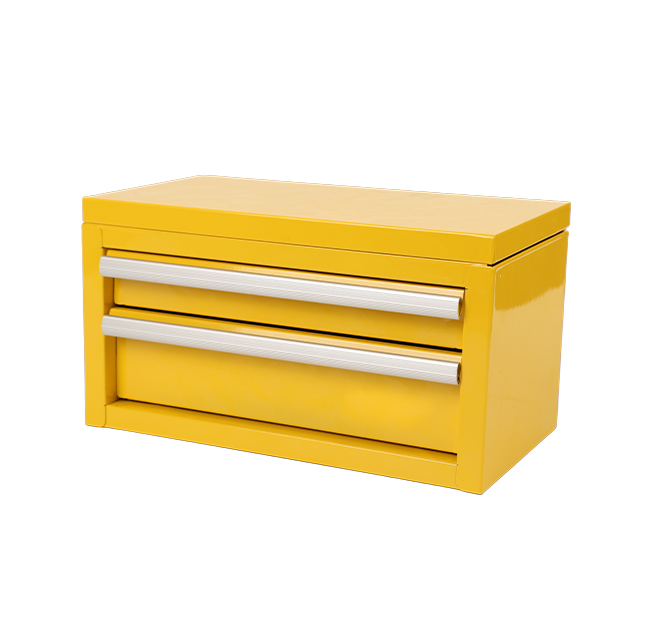Time:2025-06-24 Views:0 source:CNC Machining customization source:CNC Machining news

The design of an automated production line for sheet metal processing is a complex and systematic process that requires careful consideration of various factors. First and foremost, the layout of the production line is crucial. The line should be designed in a way that maximizes the flow of materials and minimizes unnecessary movement. For example, in a typical sheet metal automated production line, the uncoiling and leveling machines are usually placed at the beginning. These machines take the coiled sheet metal and flatten it to a suitable state for further processing. The design should ensure that the coiled materials can be easily loaded onto the uncoiling machine, and the flattened sheets can be smoothly transferred to the next workstation, such as a laser cutting or punching machine.
The integration of different processing equipment is another key aspect of the design. Each piece of equipment, such as CNC bending machines, shearing machines, and welding robots, needs to be connected in a way that allows for seamless operation. For instance, after the sheet metal is cut to the desired shape by a laser cutting machine, it should be automatically transferred to the bending machine. This transfer can be achieved through conveyor belts, robotic arms, or automated guided vehicles (AGVs). The design should consider the compatibility of the equipment in terms of speed, accuracy, and the size of the sheet metal being processed. If the laser cutting machine can process large - sized sheets at a high speed, the subsequent bending machine should be able to handle those large sheets and bend them accurately at a rate that can keep up with the cutting speed.
The control system of the automated production line is also a vital part of the design. A centralized control system, often based on programmable logic controllers (PLCs) or industrial computers, is used to manage the operation of all the equipment on the line. The control system should be able to receive instructions from a master computer, which may be programmed with the design specifications of the sheet metal products. It can then send commands to each piece of equipment to perform specific operations, such as setting the cutting parameters for the laser cutter or the bending angles for the bending machine. In addition, the control system should have built - in sensors to monitor the status of the equipment, such as detecting if a machine has jammed or if the sheet metal has been properly loaded. This allows for real - time adjustments and ensures the smooth running of the production line.
Furthermore, the design of the automated production line should also take into account safety features. Guards should be installed around moving parts of the equipment to prevent workers from getting injured. Emergency stop buttons should be placed at easily accessible locations along the production line. In case of any malfunction or emergency, workers can quickly press these buttons to stop the entire production line. Additionally, the production line should be designed to be ergonomic, with proper lighting and access points for maintenance and cleaning. This not only ensures the safety of the workers but also improves the overall efficiency and productivity of the production line.
Read recommendations:
Sealing ring Precision electronic parts
Housing components for recessed downlights Precision electronic parts
Oval Magnetic Hardware Precision electronic parts
CNC Machining Dimension Accuracy
CNC processing factory - Meeting customers' strict requirements for precision